FS Colour Series: Blue Bonnet Inspired by Richard Diebenkorn’s Berkeley Blue
During the artist’s so-called Berkeley years, from 1953-1966, American painter Richard Diebenkorn captured the fresh, invigorating air of California with his own inimitable brand of intuitive brushstrokes and playfully vibrant colour schemes. Throughout these years the oceanic blue of Blue Bonnet Linen was a recurring feature in his art, whether depicting ocean views seen from sunlit interiors, or cast shadows spilling out across tabletops and floors. He described his art of this period as a blend of expression, observation, and feeling, noting, “Part of painting is physical. Another part is intellectual. The most highly prized aspect is intuitive, when it is operative. The percentage changes with each painting. There should be a balance.”
Born in Portland, Oregon in 1922, Diebenkorn trained as an artist at Stanford University in 1940, followed by study at the California School of Fine Arts in 1946. Widely travelled, he spent time in Albuquerque and Urbana during the 1950s, where he developed an Abstract Expressionist style of art, merging fluid lines and expressive passages of paint into playful and intuitive designs.
Diebenkorn moved with his wife and children to Berkeley in the early 1950s, and the paintings he made during this time would prove foundational in the development of his career, establishing him as a leading figure in the Bay Area Figurative School. Shifting away from the abstract work of his earlier years, Diebenkorn worked on a large series of landscapes, figure studies and still life paintings that hover in the space between realism and abstraction, with real world references and observed qualities of Californian light broken into structural, geometric designs, and often painted with aqueous, expressive brush marks. His goal, he said, was to create “a feeling of strength in reserve – tension beneath calm.”
Many of these paintings featured lone women in interiors, such as the visually striking Girl on a Terrace, 1956, capturing silent women in moments of solitude, much like his predecessor Edward Hopper. This work has become one of Diebenkorn’s most celebrated Berkeley canvases, creating a striking tension between the warm, tan neutrals of the terrace where the woman looks casually out to the space beyond, and the dazzling, iridescent blue of the ocean spilling out across the horizon before her.
In the slightly later Still Life with Book, 1958, the artist observes a simple tabletop scene, transforming it into a living, breathing moment with swathes of liquid paint in intense red, yellow, light and dark blue layered over one another that seem to convey the sparkling qualities of light particular to the time and place when and where the artwork was made.
Ocean from a Window, 1959 is calmer, yet equally as daring, capturing a Matisse-like view from inside looking out. Flat planes of vivid blue suggest the crisp, clear brightness of the Californian coastline, with its cloudless sky and still ocean, contrasting with the undulating stretch of green grass that seems lit from within.
Seated Woman, Green Interior, 1961 shows another lone female figure, painted with a loose language of marks that conceals her identity, allowing her to almost become one with her surroundings. Deceptively simple, the painting’s large expanses of rich blue on the ground and contrasting turquoise walls are composed from an intricate patchwork of shapes and marks layered over one another, lending the scene complex qualities of structure, movement and light. The artwork conveys Diebenkorn’s desire to create well-worked, hard-won images that are teeming with life, as he explained in an interview, “I want a painting to be difficult to do. The more obstacles, obstructions, problems, the better.”
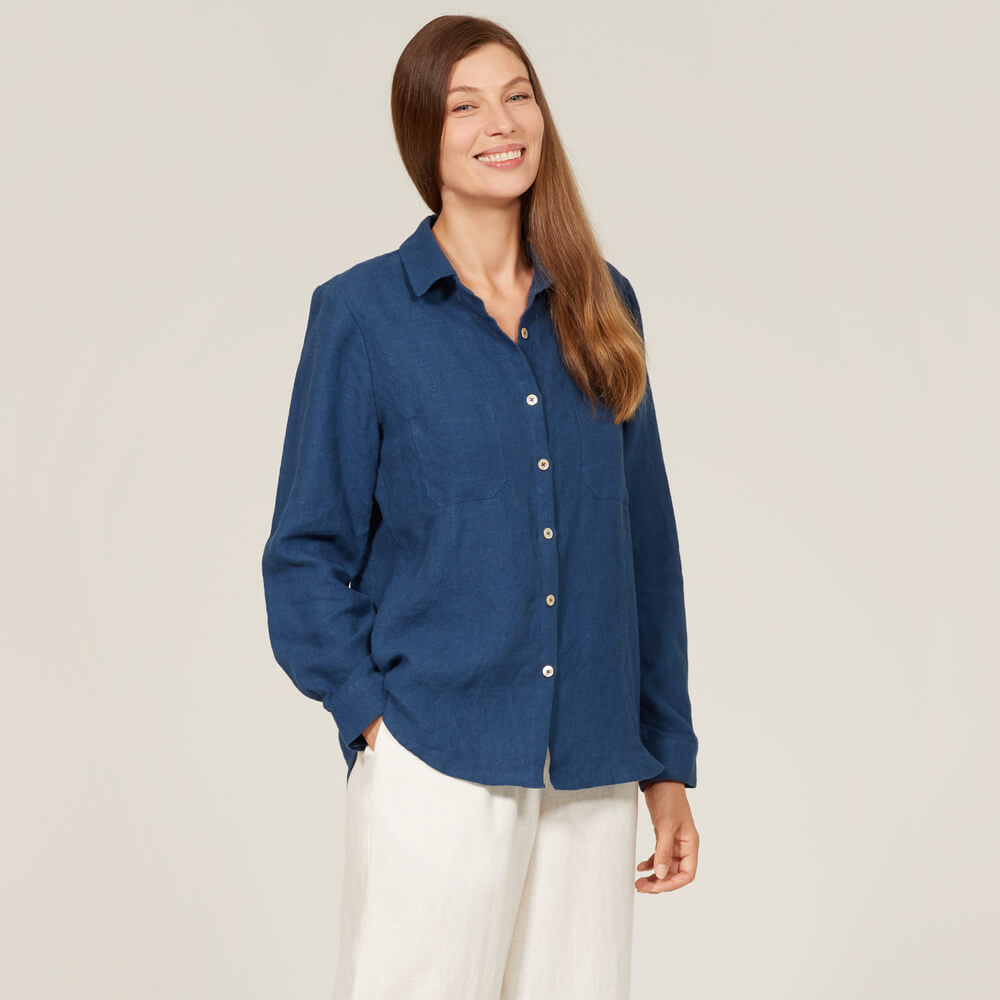

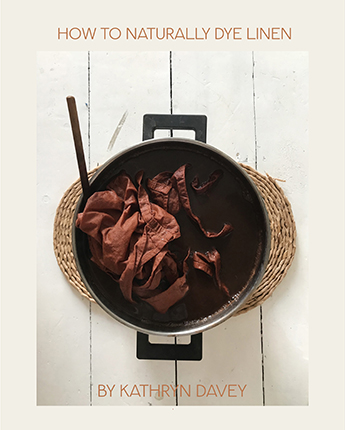
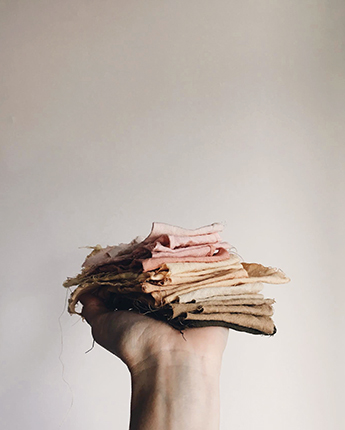

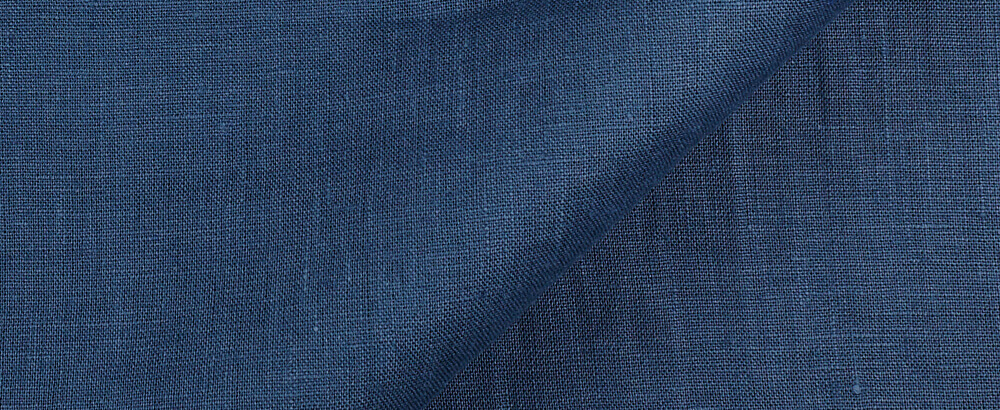
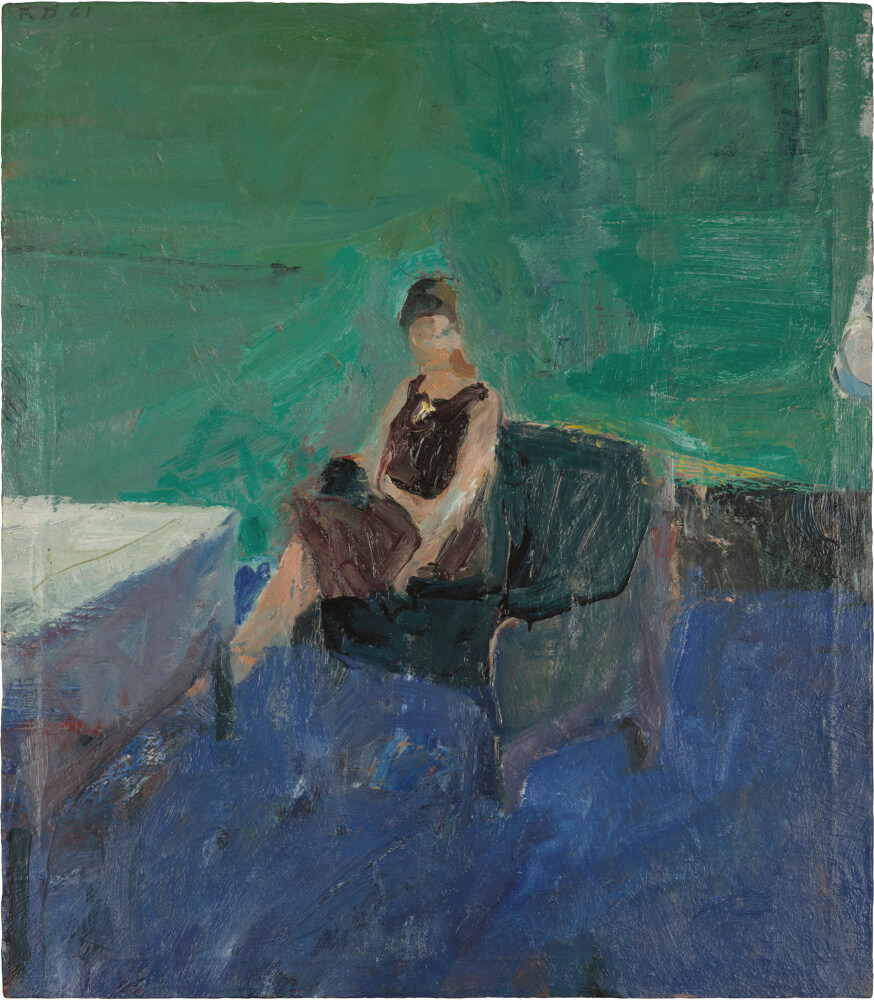
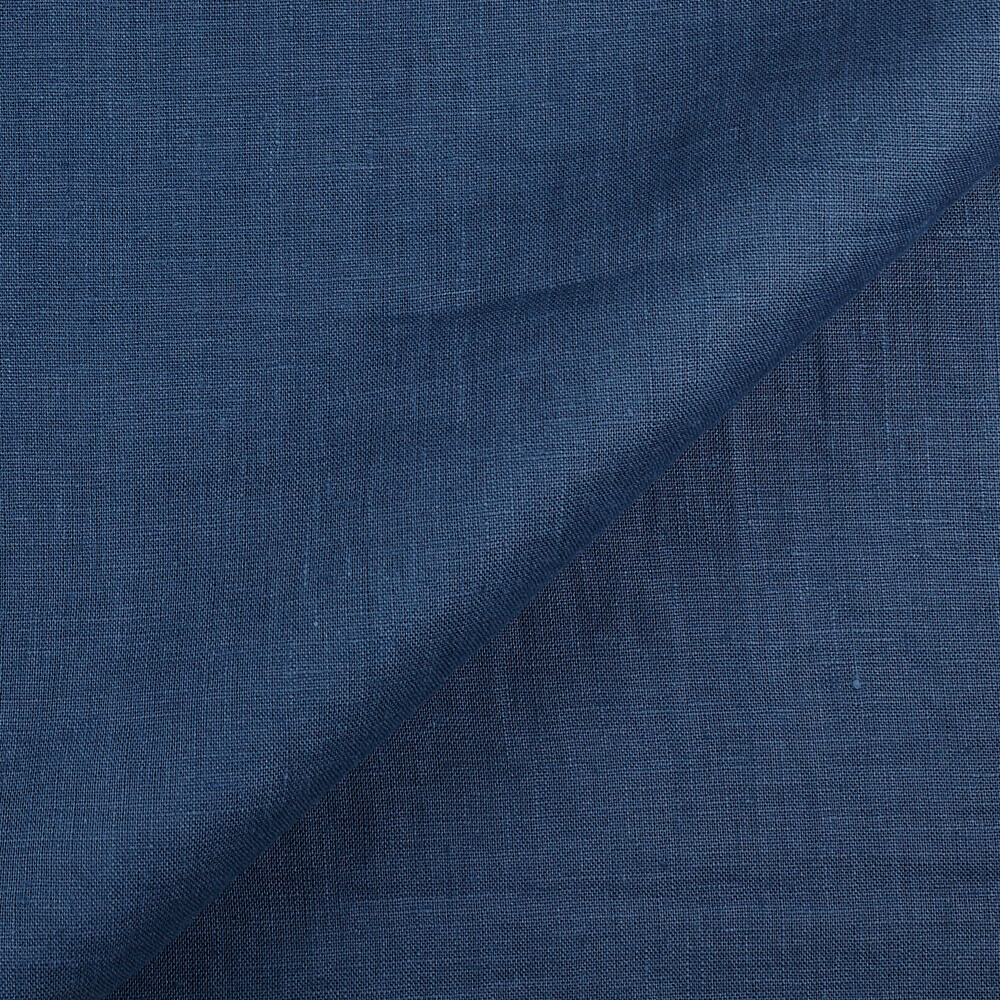
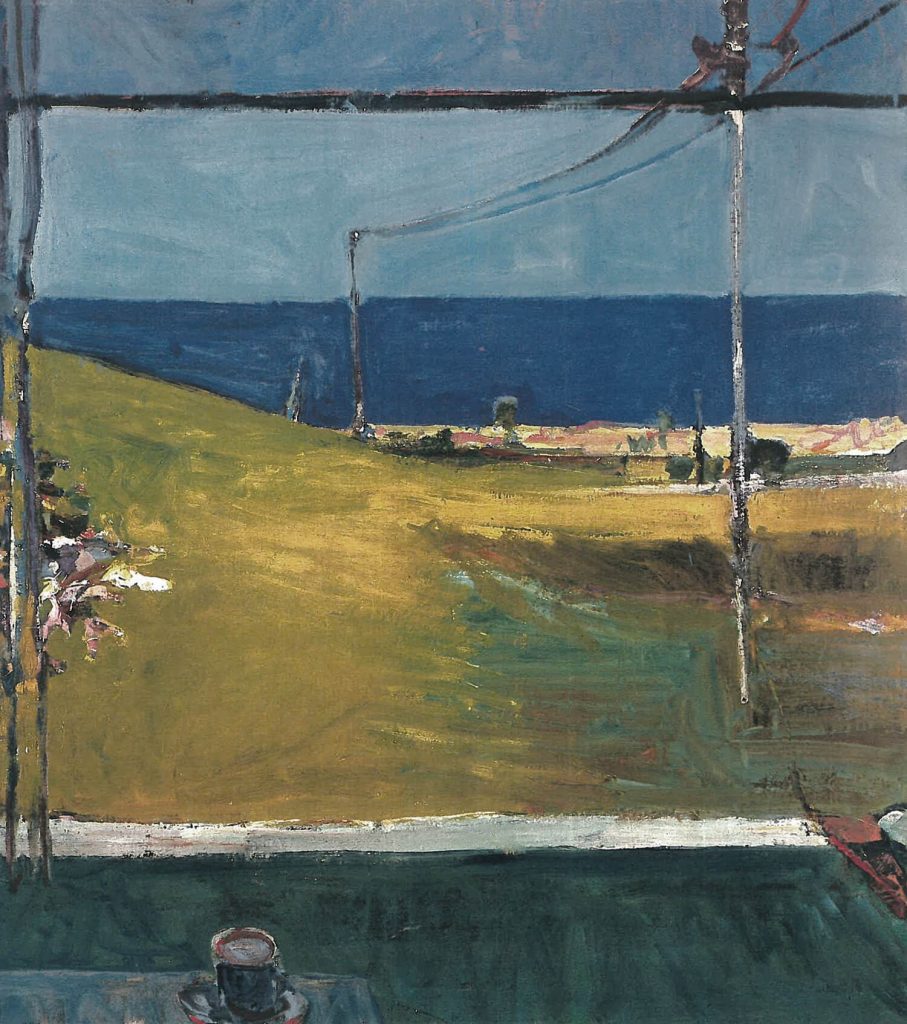

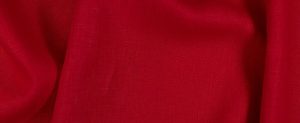
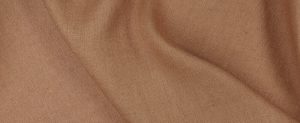
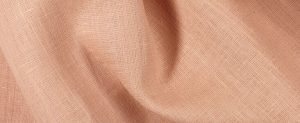
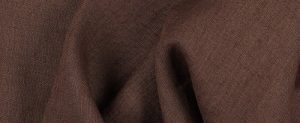
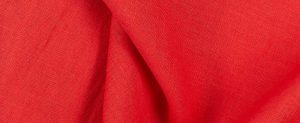




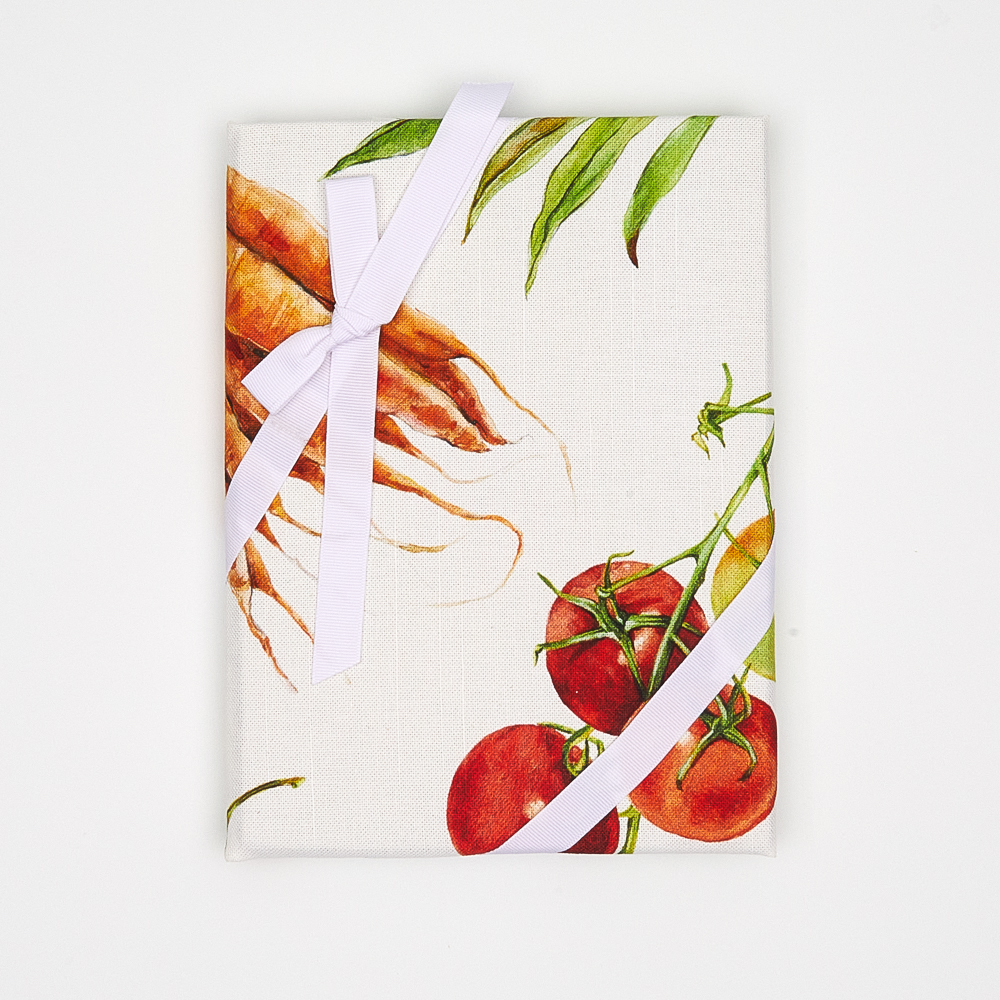

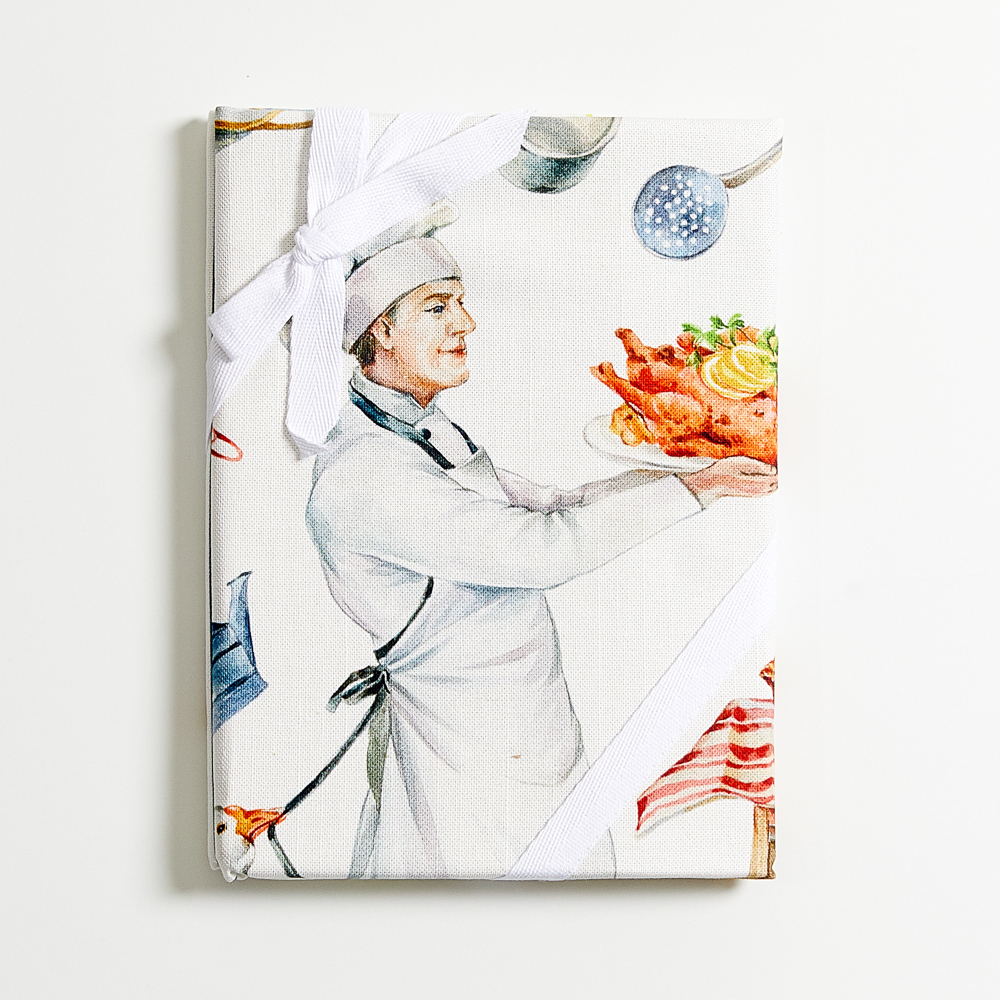
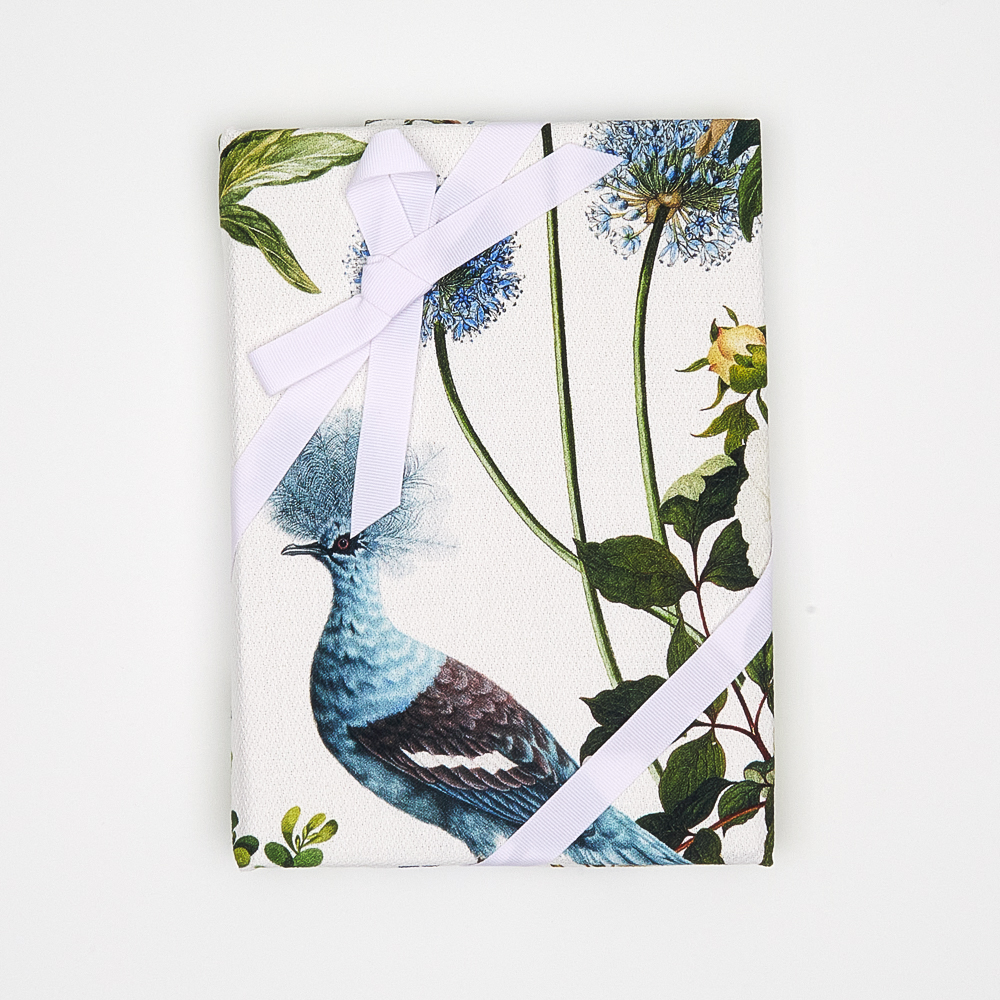



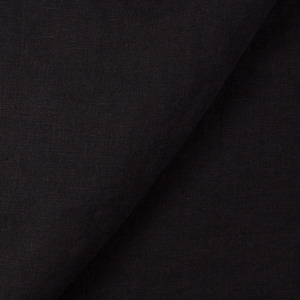
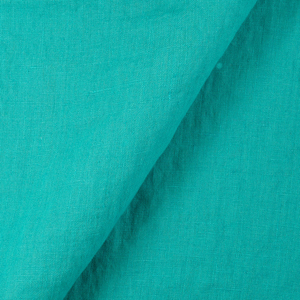

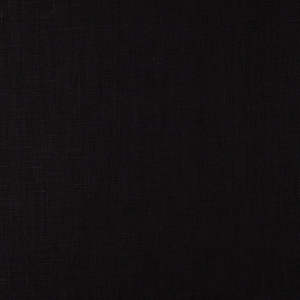
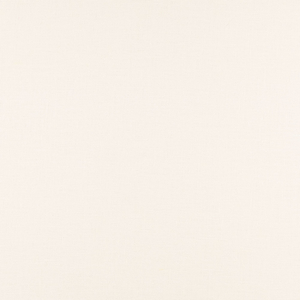
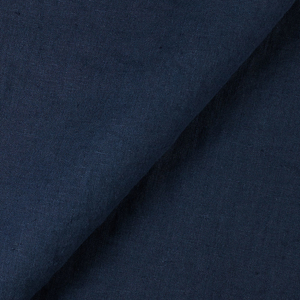


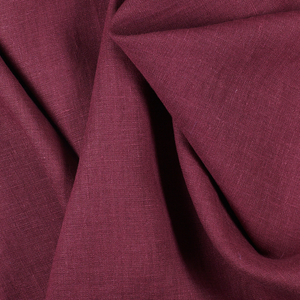
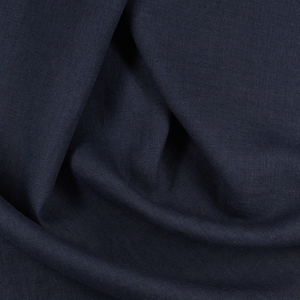
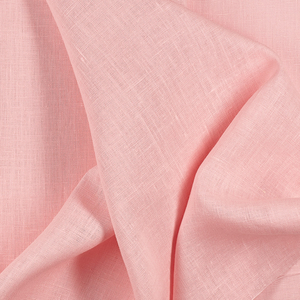
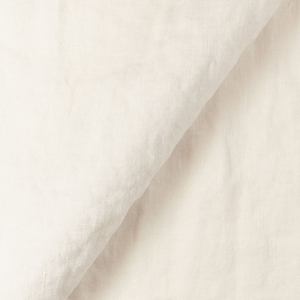
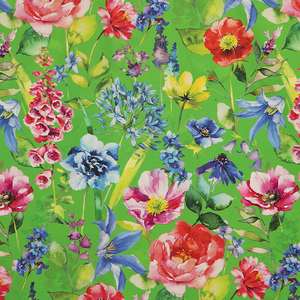
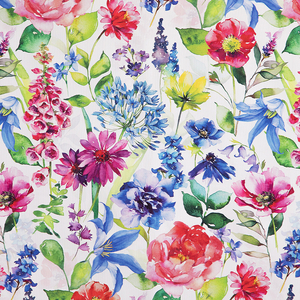
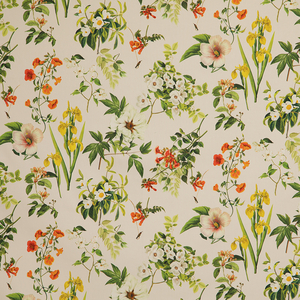
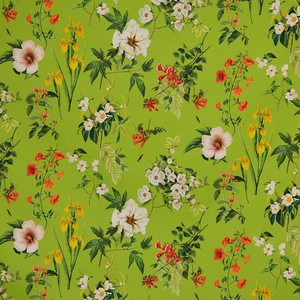
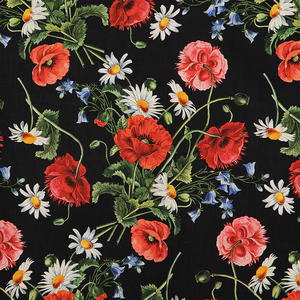

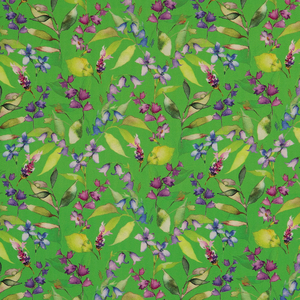
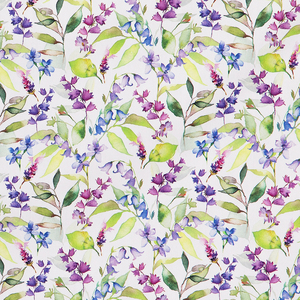
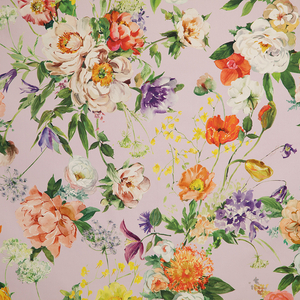
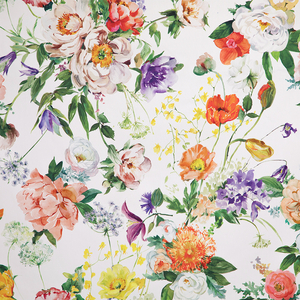






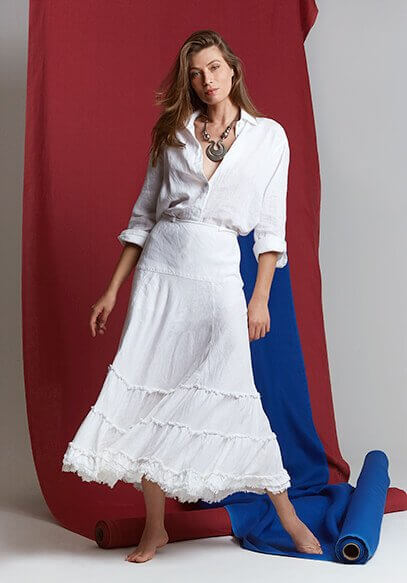
Leave a comment